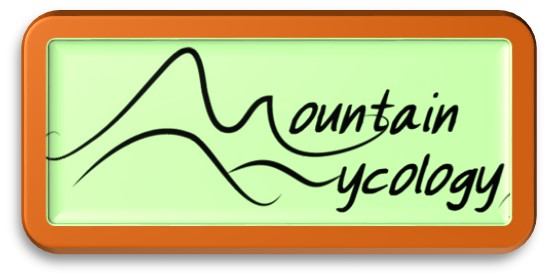 |
| Morels ca. 2006 (Photo by Tammy Clemons) |
The annual Mountain Mushroom Festival, which will be held Saturday and Sunday, April 29-30, 2017 in Irvine, Kentucky, is a great way to learn more about morel mushrooms. We have actually never been able to go because we have often had scheduling conflicts, but we know Mary Reed, one of the organizers, and several people who vend or visit the festival every year. Morels are sometimes available at local farmers' markets as well, but their production window is so narrow and their native ecology is so specialized that they are usually expensive to purchase. So finding them yourself is the most affordable and healthful way to make a meal with morels.
Mushrooms of West Virginia and the Central Appalachians is the best regional reference available, and it includes a helpful list of cautionary and instructive tips for anyone interested in collecting wild mushrooms (Roody 2003:4-5). In addition to educating yourself about how to distinguish edible and poisonous look-alikes from one another, it's important to remember that there are ethical and ecological best practices for hunting morel mushrooms.
- Always collect and carry morels in an open mesh bag like a potato or onion sack. This prevents moisture build-up that can accelerate decay and allows the mushroom spores to "re-seed" the patch for future flushes. Also, leave as many as you take to ensure the long-term sustainability of the mycelium to reproduce and spread.
- Never hunt on public property or anyone's private property without permission. In addition to personally poaching someone else's hunting spot, it's also poor etiquette to disclose or ask about the location of a private patch to others.
We hope to post some more recent photos of mushroom adventures as we're able. Meanwhile, take a slow hike and see what you find, or go to the Mountain Mushroom Festival or a local farmers' market and see what others have found.

No comments:
Post a Comment